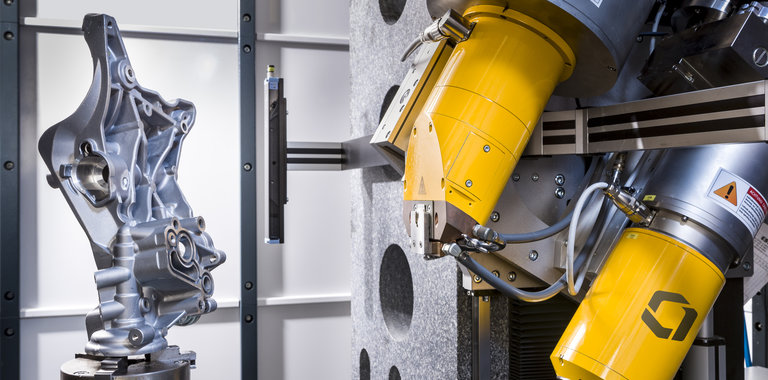
How do film, CR, and DR compare to each other?
he choice of which technique to use depends first of all on the requirements with regard to image quality. In both the computed radiography (CR) and direct radiography (DR) methods the same IQI’s as used in conventional radiography are applied to check the radiographic process and image quality. The major parameters to compare the three methods are speed (dose needed for creating
the image) and image quality (noise, resolution, contrast). Figure 13-16 illustrates graphically the relative image quality of D-type films, RCF-film, CR- and DR techniques. This overview shows that the best
image quality (best IQI visibility) of CR-plates is similar to what can be achieved with medium to finer grain film (compare point A with B) but is ~ 5x faster. At point C the quality is less than what can be achieved with course grain film but the speed is >10x faster compared to point B. RCF-films (5 to 10x faster than D7-film) are positioned in the same area as CR-plates. The graph for DR-panels is based on the results obtained with common flat-panel detectors with different number of pixels (25 to 400 micron). The best quality that can be achieved with DR-panels comes close to fine grain film D3 (compare point D with point E). The graph also shows that the speed is much higher to achieve the same image quality of D-type films. Depending on the required image quality, a time saving of at least a factor 20 (D against E) and roughly 200 (F against E) can be achieved, however with poorer quality. The area for true real time (real instant images) shows that exposures can be made with extreme low dose but at cost of image quality.
Exploring Diverse Special Applications of Radiography in NDT


